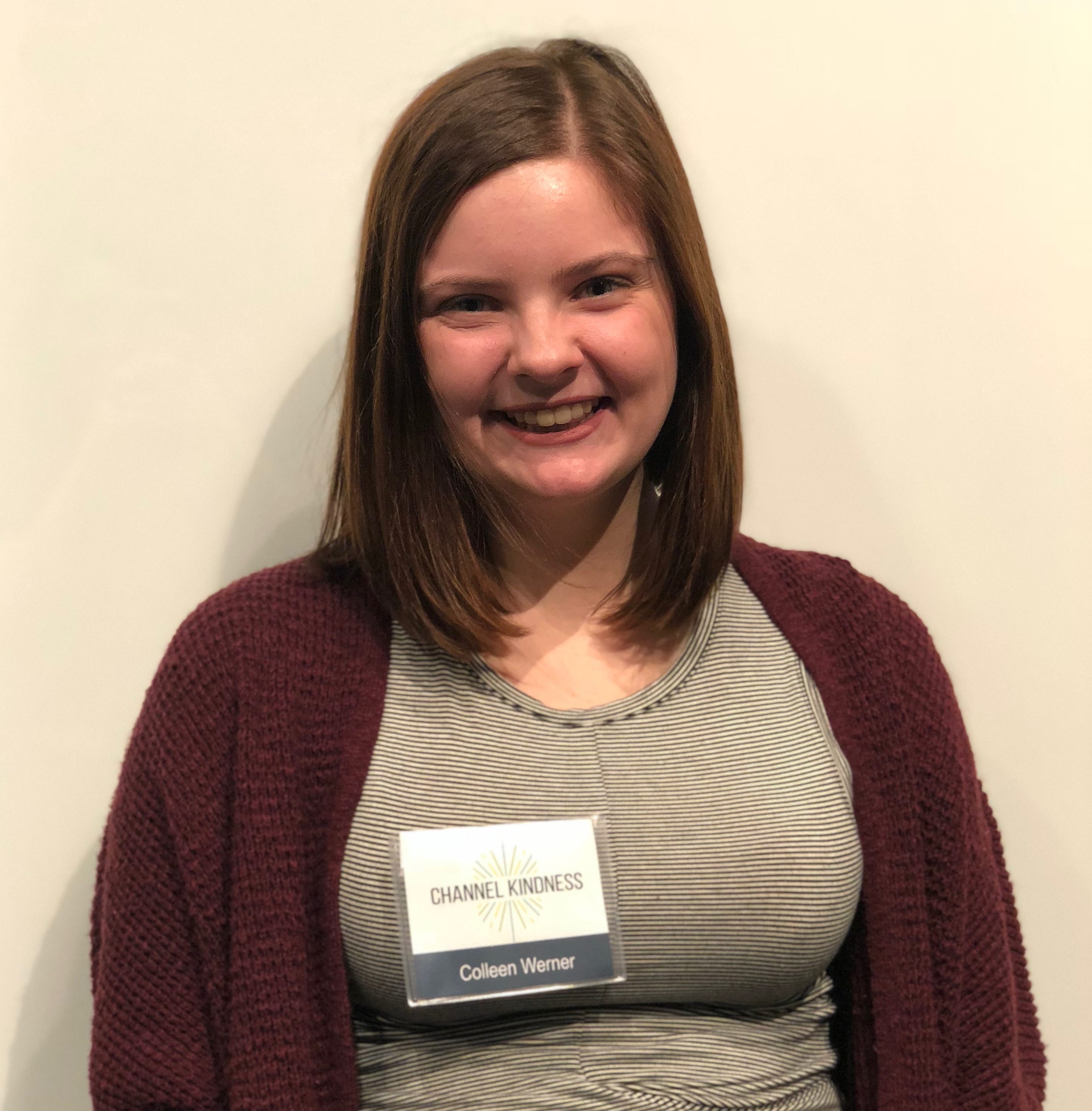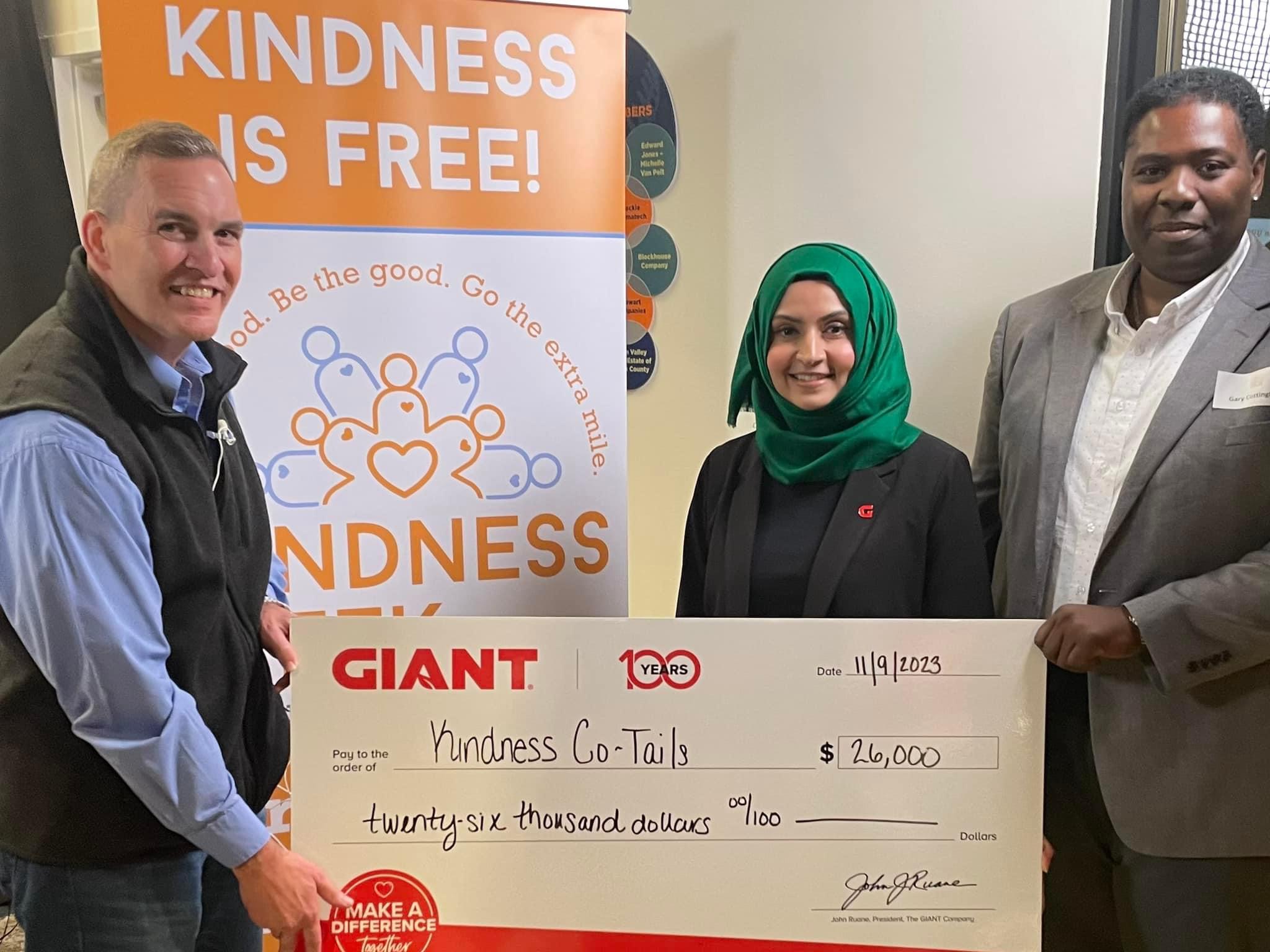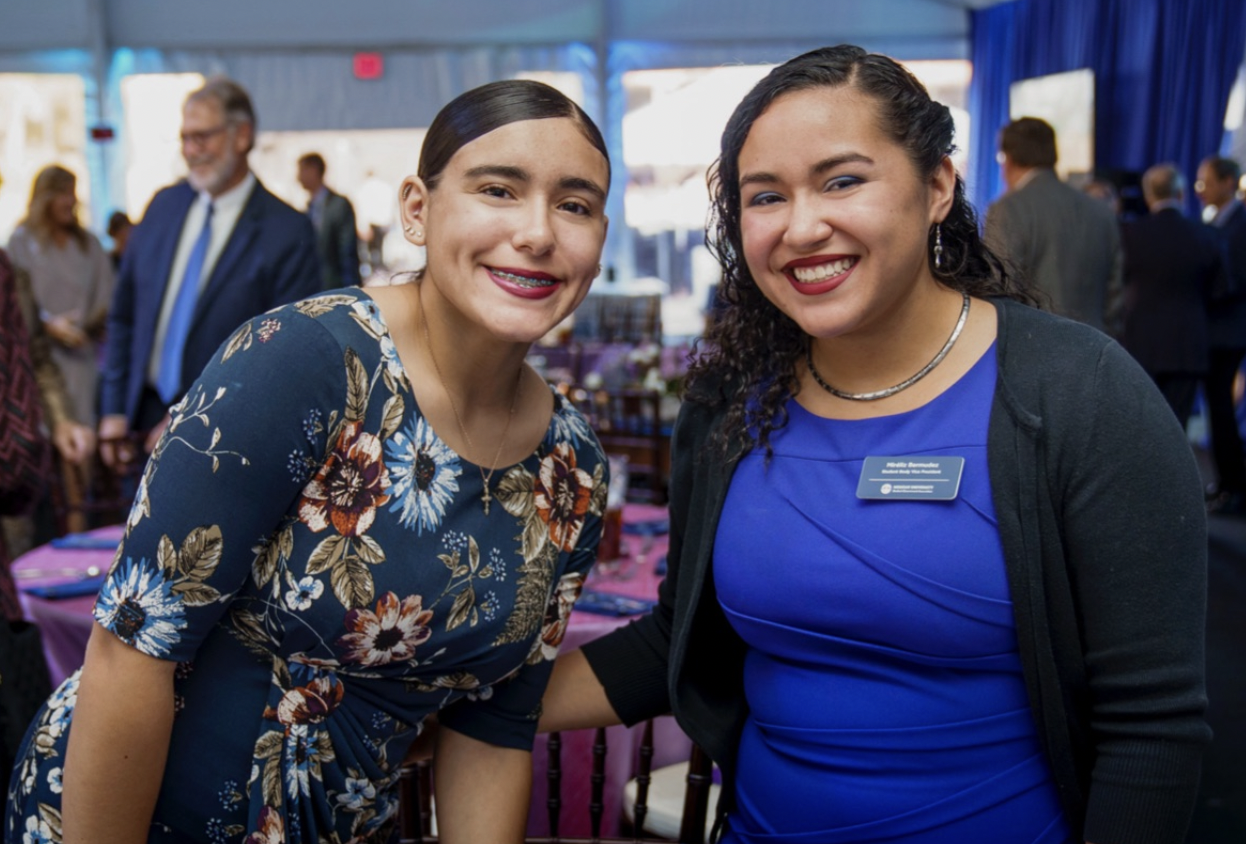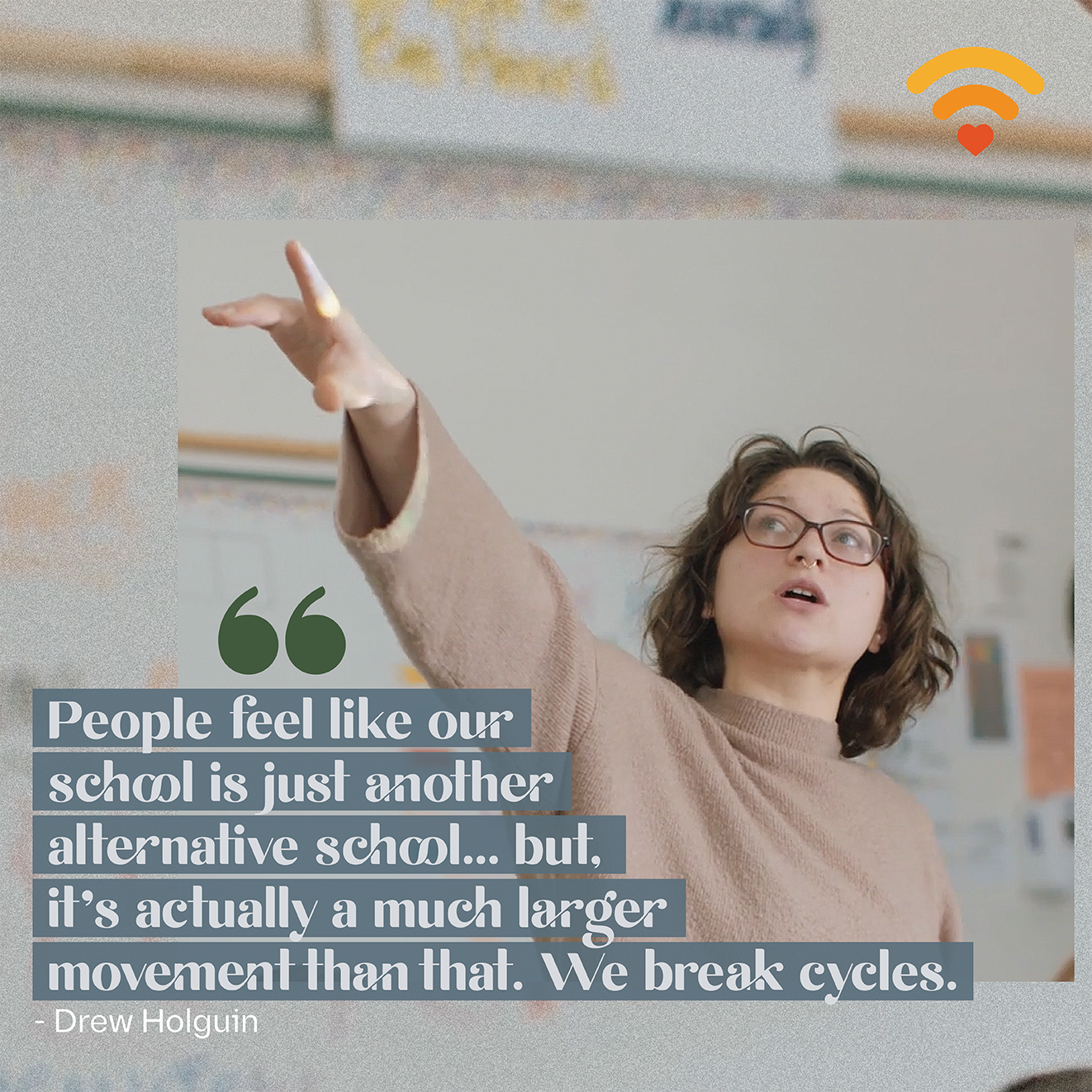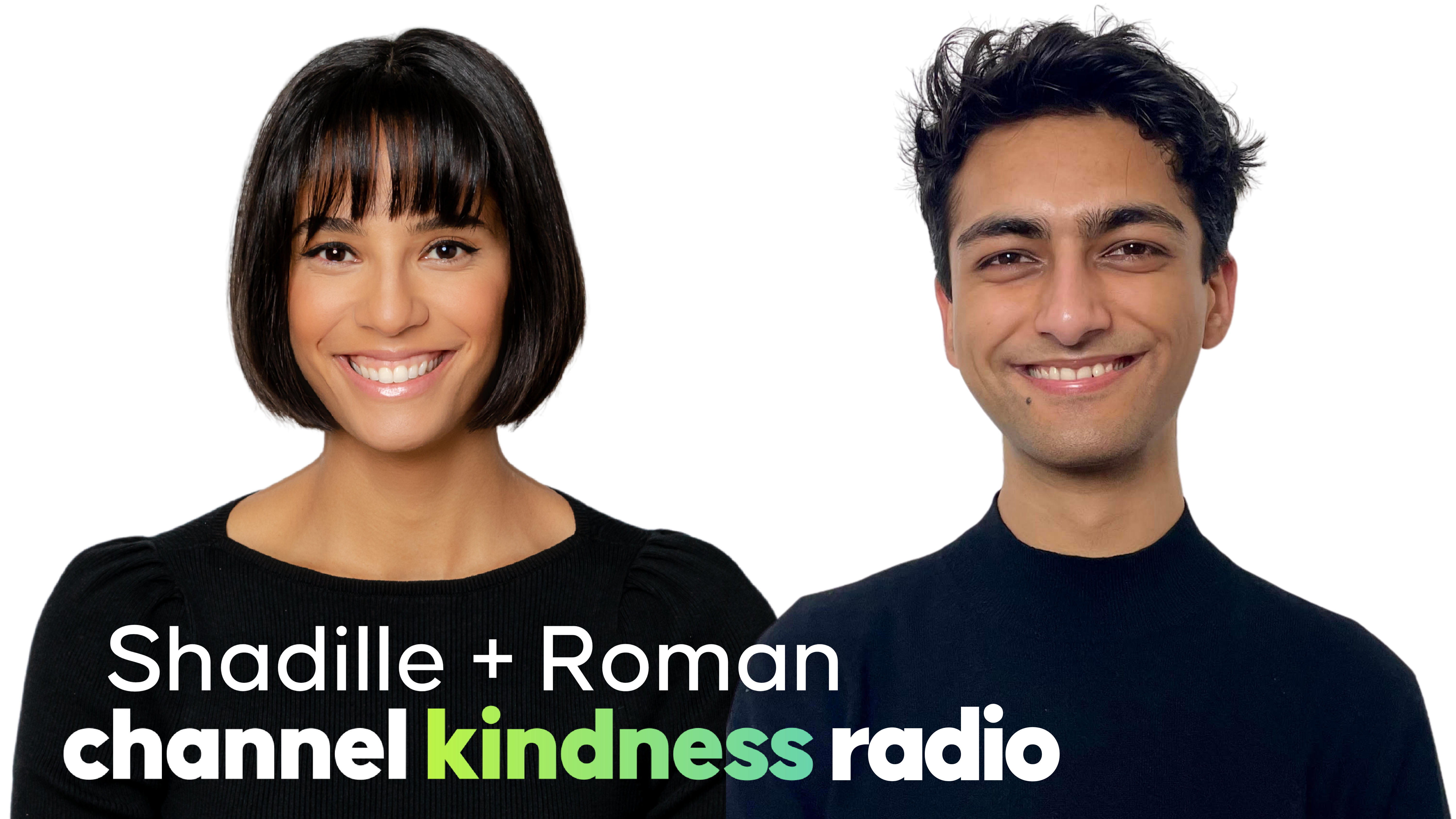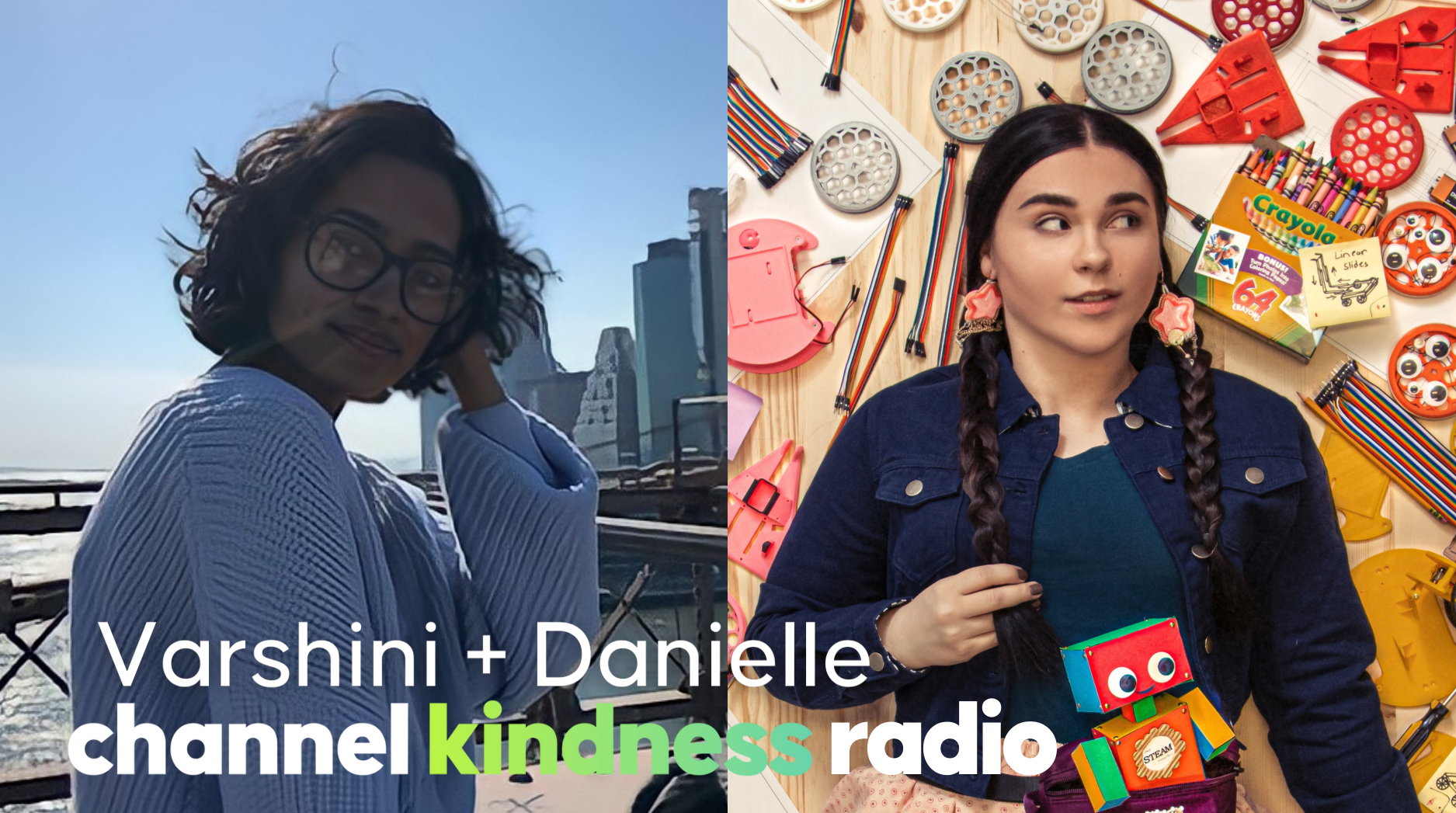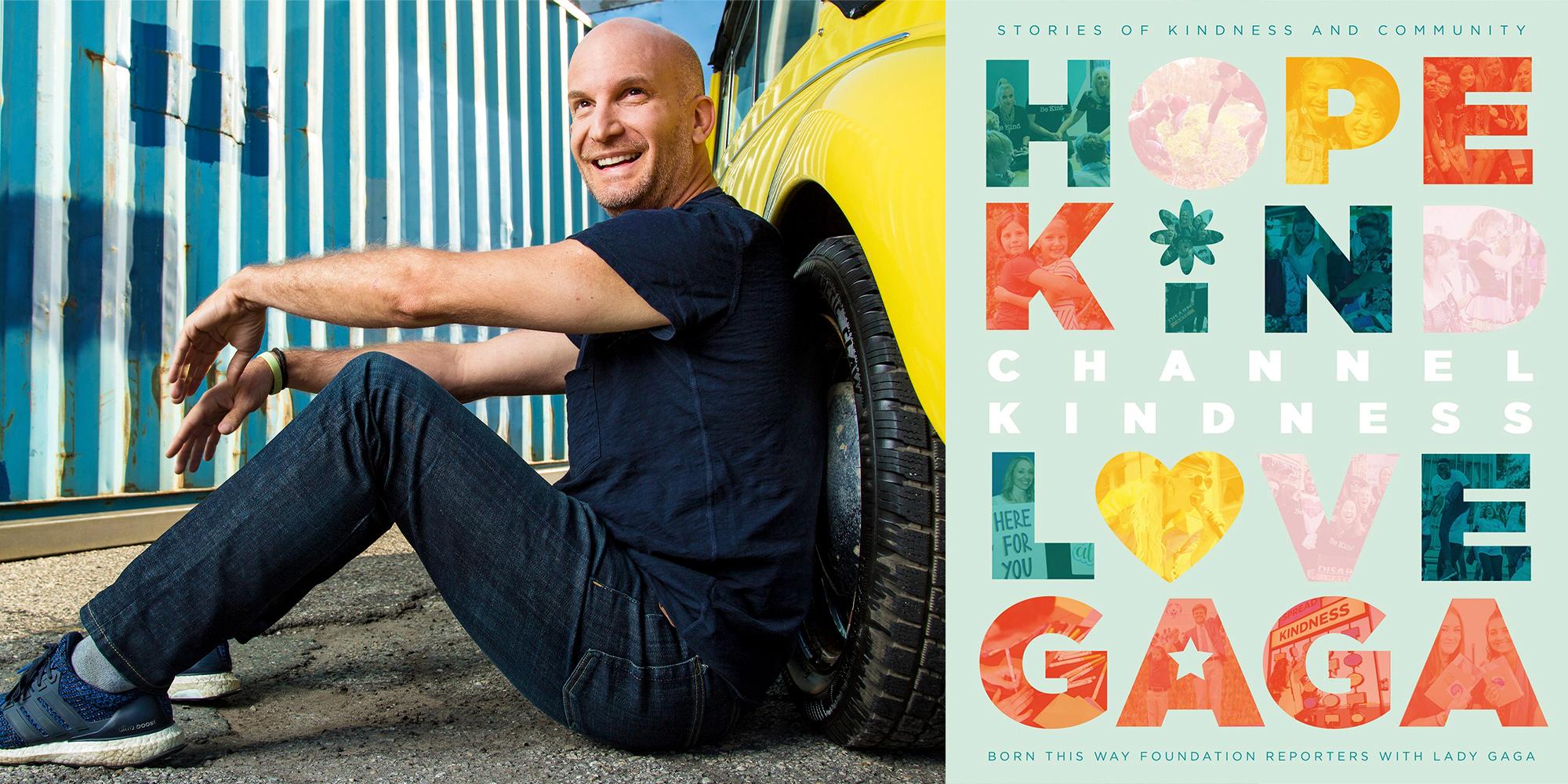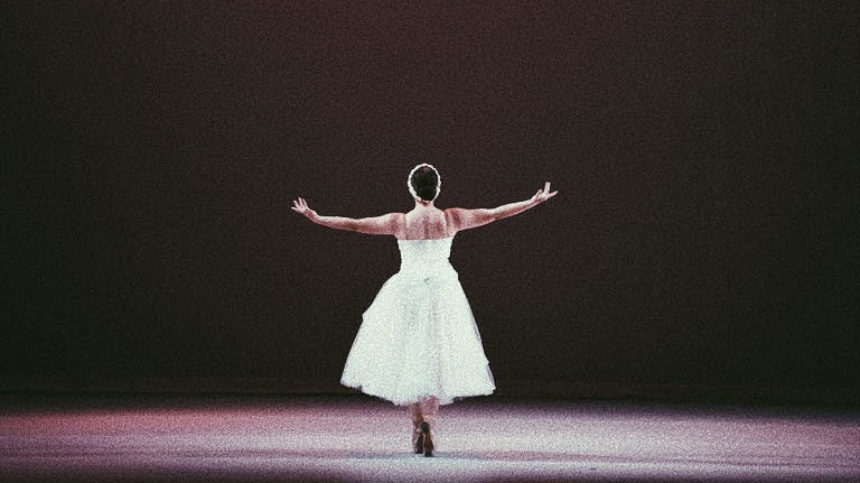
I can remember one of the first moments that I made a negative connection between the appearance of my body and my love for dance. I was 8 years old; I had just been measured for a dance costume along with the rest of my classmates, and I learned that my size was larger than most of my friends. At that young age, thanks to diet-culture filled messaging all around me, I had already internalized the belief that smaller was better, and I told myself that I wasn’t as good as or as worthy as my friends because the size of my dance costume was going to be bigger.
This negative connection intensified when I was 14. I had become much more serious about my future as a dancer, and after starting the competitive dance, I couldn’t help but look in the mirror and criticize myself because none of my teammates looked like me. I felt alone, and I felt like they were better dancers than me because they had smaller bodies. When we would go see professional ballet companies perform in NYC, I would feel even more alone. I only saw very thin women performing on stage, and I told myself that if I ever wanted to be a professional dancer that I needed to have a very thin body.
There is nothing wrong with being thin. I think people of ALL shapes and sizes are beautiful and worthy. However, our society, with the professional dance world in particular, vastly over-represents thinness and heralds it as some sort of social status or marker of success. People naturally come in all different types of bodies, and refusing to represent a variety of body types leaves anyone who isn’t naturally very thin feeling like they don’t belong, they’re an outcast, and that they need to change to be valued. People in larger bodies are discriminated against just for existing — from things like “concern-trolling” on social media to dirty looks, to unethical medical treatment, to so much more.
My own experiences as a dancer contributed to my battle with anorexia nervosa. As I entered recovery, I realized how damaging the dance world can be in regards to mental health, body image, and eating concerns. After a lot of reflecting, I decided that I wanted to help be the change in the dance world tby encouraging body diversity, eating disorder awareness, and conversations around body-positivity. So, in April 2017, I started the #BopoBallerina movement. The movement gained a lot of traction, and it helped me find my life goal of creating an eating disorder treatment program for dancers.
I’ve decided to revive the movement to share stories of more dancers and hopefully spark even more discussions about how the dance world needs to change. Here are the stories of three inspiring members of the dance community who identify with #BopoBallerina:
Emilia Ruiz De Giovannini (@emiliadegiovannini)
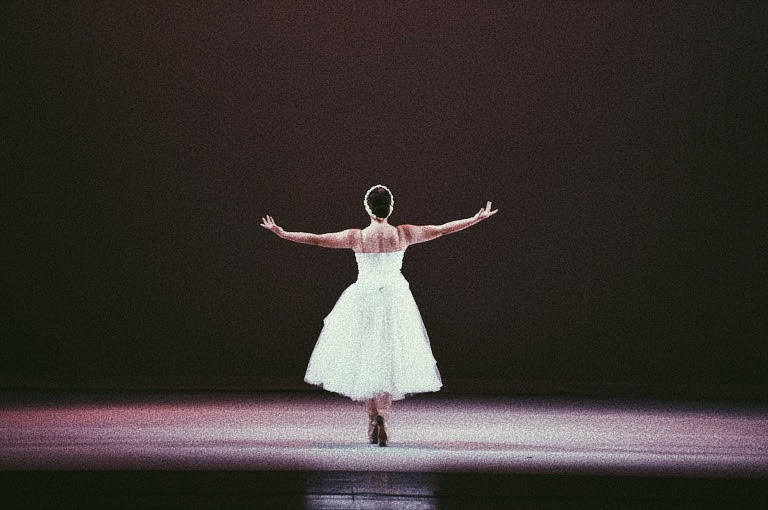
Emilia has struggled with her body as a dancer because of her Latina background. Her body type is different than many European and Russian body types, and she explained that her body often works differently than those with different body types. She added that many dance teachers don’t understand this difference, which is invalidating. Emilia said that her body dysmorphia makes it difficult as a dancer because when she’s surrounded by mirrors, it’s easy to focus on her body instead of why she’s really there.
She also added, “Our bodies are not the same, and that is actually amazing!! There are definitely a lot of things we can’t do the same, but that doesn’t mean that they’re less worthy or anything like that.”
Raquel Baron (@typeoneday)
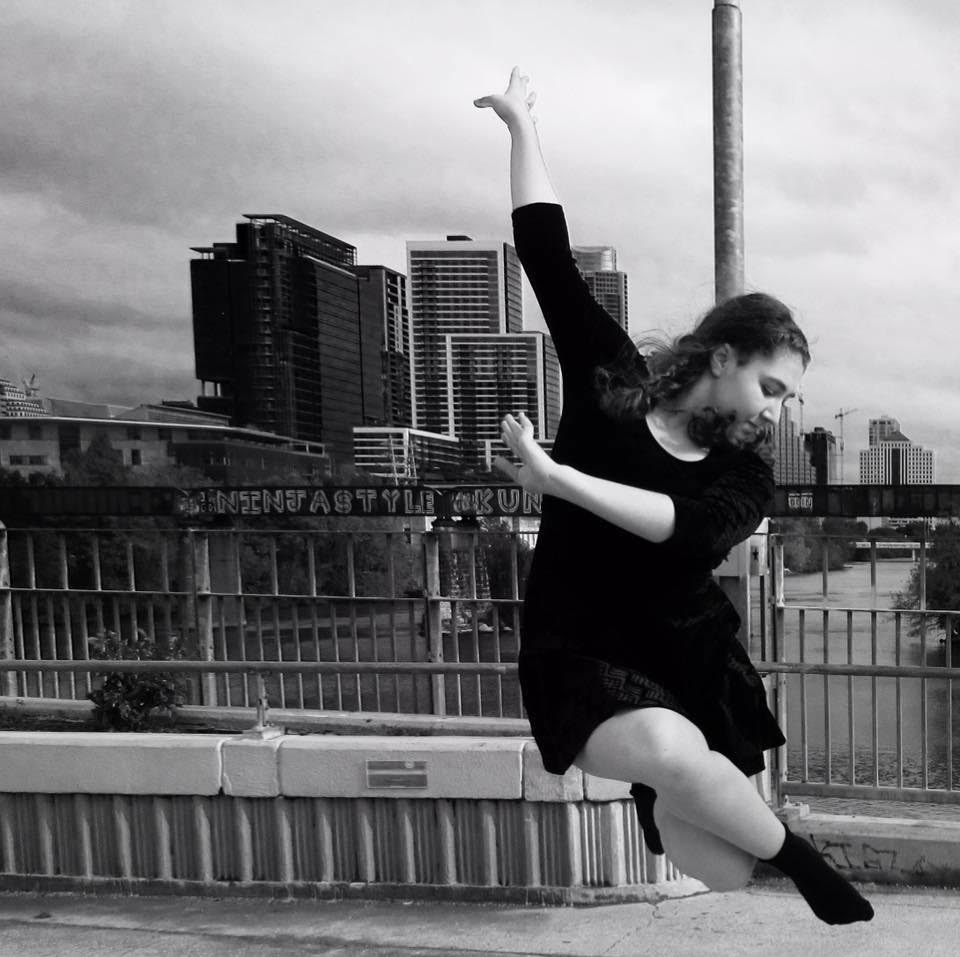
Raquel lives with Type 1 Diabetes which has had a major impact on her relationship with dance and her body. Having to wear multiple devices that are attached to her body at all times used to make her very self-conscious and ashamed, however, she now sees it as an opportunity to raise awareness and be an advocate. Raquel still has moments in auditions where she fears that she will be judged for her devices, but she perseveres anyway. She shared that body-positivity has allowed her to look at diabetes as something that is part of her but does not define her.
Raquel added, “It has helped me be comfortable in my own body-devices and all, even though it might look a little different than the average person.”
Her advice for other dancers who live with type 1 is, “It is so incredibly challenging to dance with type 1, but you can do it. Try to take it day by day and give yourself a break. Don’t be so hard on yourself if you have to sit out of class for 15 minutes waiting on your blood sugar come back up. That does not make you any less committed, passionate, or valuable as a dancer!! Take care of you first and if a teacher/choreographer ever gives you a problem with you taking time to do what you need to stay healthy, get out of their class. No job or class is worth sacrificing your health and safety for. Be proud of dancing with diabetes! We are strong and we got this.”
Mandi Degner (@this_one_wild_precious.life)
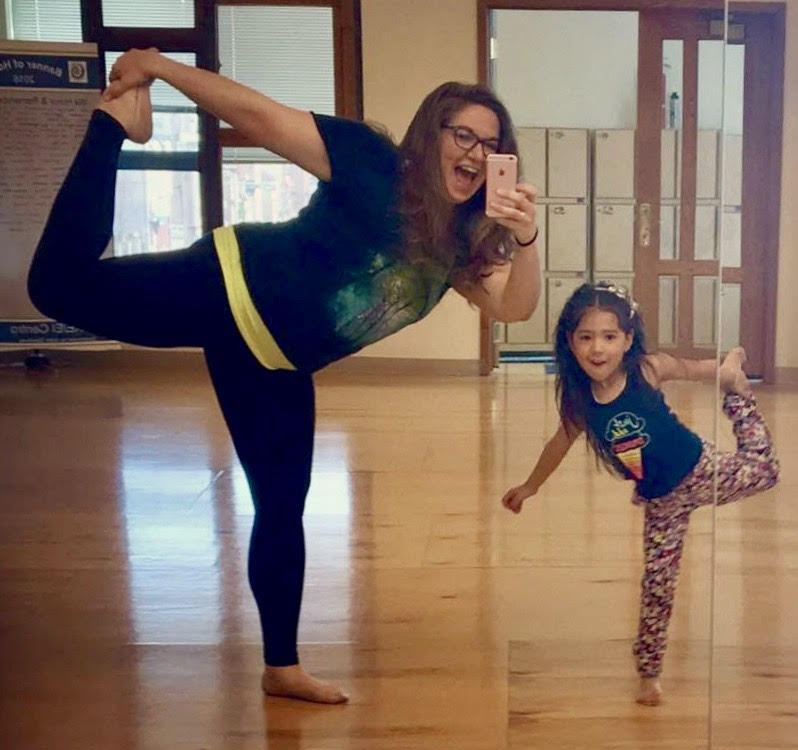
Mandi started dancing at 3 years old. When she was in 3rd grade, she realized that her body was different than the other dancers around her when her teacher favored two dancers with “ballerina bodies.”
At 14, one of her dance teachers made a comment about her chest bouncing and told her she needed to fix it. After getting sick at 16 and losing some weight, her teacher told her that what she was doing was working, and she soon developed bulimia. Mandi has since recovered from her eating disorder, and she now teaches dance to young girls. She implements a body-positive space with her young dancers by preaching the mantra “all bodies are good bodies” which is written on the mirrors of the dance studio.
Mandi shared, “One little girl asked me once, ‘Are there, you know, big girls in your class?’ Not knowing if she meant older girls or physically bigger girls, I asked her what she meant. ‘You know, like this.’ She said that as she pinched a little tummy that she had. I started crying. She was maybe 8. I said, ‘Well, I’m the teacher, and I’m a big girl, I have that too. So yes. There are all kinds of kids in my class, and I want you to join us.’”
Mandi’s advice for other dancers who are struggling to fit in in the dance world is, “The world of dance is as big and as diverse as each of us is. It’s up to us to expand it and push those old secrets out into the light. If there is a dance in your heart and a little fire in your eyes, that’s all you need. There’s space for you on the dance floor!”
It’s clear that these dancers are working to change the dance world and make it a place where people of all identities can feel welcome and appreciated.
If you’re a body-positive dancer and would like to be featured through #BopoBallerina, fill out this form.




